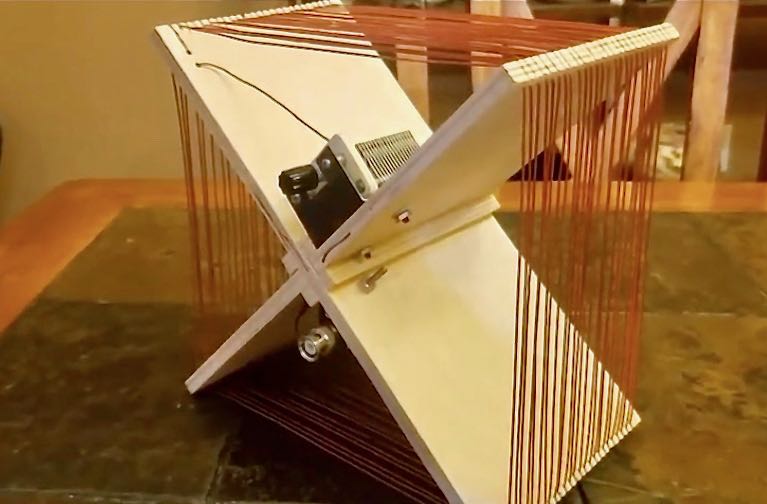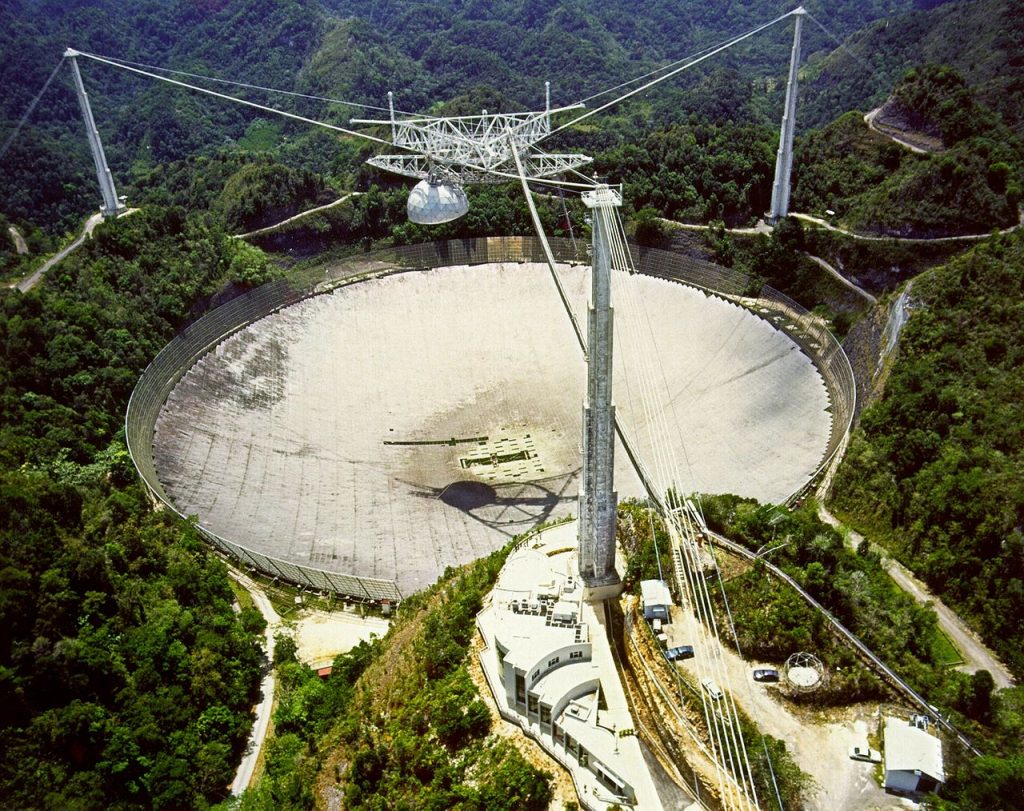Many thanks to SWLing Post contributor, Thomas Cholakov (N1SPY), who shares his latest video explaining the operation of a simple homebrew AM loop antenna:
Click here to view on YouTube.
Brilliant video, Thomas! I love the fact you included a demonstration with your SDRplay RSP1A as well. Via the spectrum display, it’s easy to see the the loop’s bandwidth and also the gain it provides when tuned to a station.
I love your AM loop antenna as well–such a simple design and ideal for demonstrating the mechanics of a passive loop antenna since all of the components are visible. I’m willing to bet you built this antenna for less than $10. Smart design as it’s both portable and effective! Keep up the excellent work, Thomas! We look forward to all of your future videos.


